5 Clear Signs Your Cat Has Worms — And What to Do Next
Did you know that some adult female worms can lay up to 200,000 eggs daily and grow up to 100 cm in size inside your cat? It can be really disheartening to discover your furball is also affected by them, but early detection is the key. Although worms are common in cats and kittens, it’s vital to recognize early warning signs and act fast to prevent serious health issues.
These internal parasites live inside your cat and deprive it of the nutrients it needs to survive, which can lead to weight loss, diarrhea, a dull coat, or severe complications, such as anemia, malnutrition, and organ damage. If you wonder, “How do I know if my cat has worms?” the answer lies in closely monitoring your pet’s health.
But you’re not alone, as Maven Pet, a pet health tracking tool, is here to help you detect the early signs of illness and ensure long-term pet wellness. With it, you can monitor weight, appetite, and digestion changes before they become problematic.
- Female worms can lay up to 200,000 eggs daily and grow up to 100 cm in size.
- Recognizing early signs of worm infestations is essential for your cat's health.
- Common symptoms include visible worms, weight loss, and bloating.
- Regular vet visits and deworming medications help manage infestations effectively.
- Maven Pet can assist in monitoring health changes to detect problems early.
How Do I Know My Cat Has Worms – 5 Symptoms
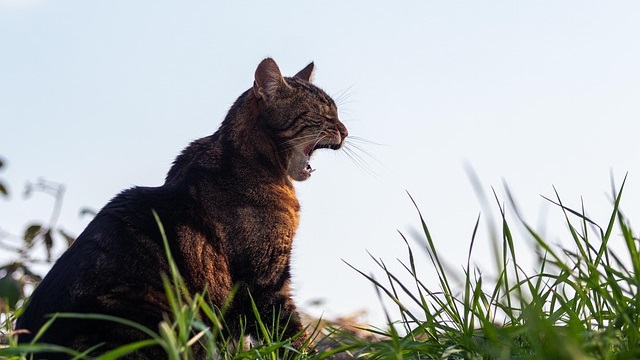
“How to tell if my cat has worms?” This question probably crosses the mind of every cat owner at some point in their lifetime. Below are the common signs all pet parents need to be aware of, as they can help them determine what type of worm they are dealing with.
Visible worms in stool and vomit
One of the most apparent indications of a worm infestation is to see worms in your cat’s stool or vomit. Luckily, different types of worms have distinct appearances, so it is easy to identify them visually.
For instance, tapeworm segments often look like small, white grains of rice in your cat’s feces or around their anus. These fragments may also be found on bedding or near the litter box. On the other hand, roundworms resemble long, spaghetti-like strands and are sometimes seen in vomit. This type mostly plagues kittens.
“Every time Umi is hospitalized, it’s for like four days and it costs over $5,000… Maven has helped me not only save money but also save his life”
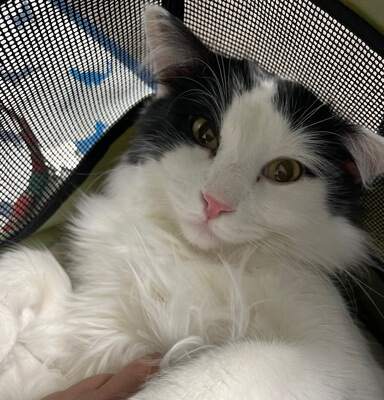
★★★★★
Jessica Ortiz
Umi
Weight loss despite normal eating habits
If your cat eats well but still loses weight, it could also be because of worms. As mentioned above, worms live off the essential nutrients from your cat’s food, which your feline needs to maintain a healthy body.
This can lead to noticeable weight loss even if there are no changes in your cat’s appetite. And sometimes, the opposite can occur — your cat can become hungrier and ask for more food to compensate for the lost energy.
Nevertheless, the lack of nutrients can weaken your furball’s immune system and overall well-being over time, as well as make it lethargic and noticeably less active.
Frequent scooting or licking the rear
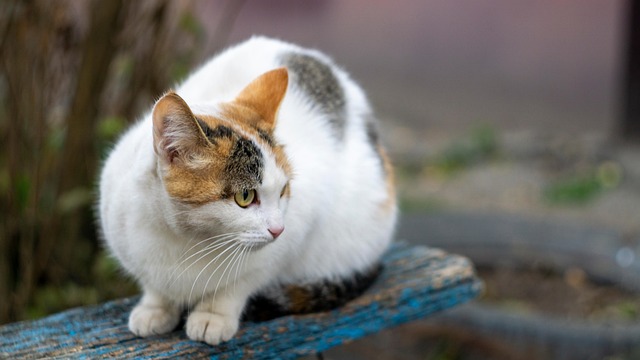
A cat that constantly licks or scoots its rear along the floor may have an anal gland issue or suffer from worm-related irritation. This behavior is widespread with tapeworm infections since the worm segments itch and cause discomfort around the anus.
This way, cats may attempt to relieve the irritating sensation. However, dragging their bottom across surfaces can also lead to skin irritation or infections. If you notice frequent scooting or excessive licking, check for tapeworm segments or consult a vet as soon as possible.
Bloating or a potbellied appearance
Another sign of a worm infection is a swollen, bloated belly. Regrettably, kittens usually experience this symptom. Roundworms are a frequent culprit in young cats and can cause an enlarged abdomen. The bloating occurs as the worms accumulate in the intestines, which can lead to discomfort and digestive issues.
Diarrhea, vomiting, or changes in stool
Digestive disturbances are also a common indication of worm presence. Cats with worms may experience frequent diarrhea (sometimes containing blood) because the parasites damage the intestinal lining. This can lead to blood loss, lethargy, and even increased blood pressure.
If a cat has a heavy roundworm infection, it may also vomit. Additionally, the stool may appear unusually soft, discolored, or contain visible worm fragments.
What to Do If My Cat Has Worms
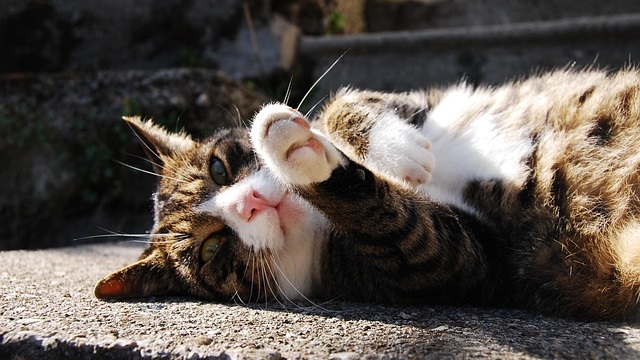
If you suspect your cat has worms, these are the steps you can take:
- Visit the vet — Take them for a stool sample test. This test helps identify the type of worm infestation and allows the vet to prescribe the most effective treatment.
- Give your cat deworming medications — Different worms, such as tapeworms, roundworms, and hookworms, require specific deworming treatments, so following your vet’s instructions is mandatory. Some treatments involve a single dose, while others require multiple doses over time to eliminate all worms.
- Prevent reinfestation — Once treatment begins, it’s essential to prevent reinfection. Worm eggs and larvae can linger in your cat’s environment and pose the risk of another infestation. Therefore, instead of typing “My cat has worms, how do I clean my house?” in Google, start with this — wash all bedding, blankets, and litter boxes with hot water and soap to maintain a worm-free home. Also, thoroughly vacuum carpets, floors, and furniture to remove lingering eggs.
- Keep your cat indoors. If your cat goes outdoors, limit its exposure to infected soil, feces, or prey animals that may carry parasites.
- Get Maven Pet. Another important thing is to monitor your cat’s health to detect future issues early. Many pet owners wonder, “How do I know if my cat has worms?” The key is to track subtle changes in their weight, appetite, and digestion. Maven Pet is a pet smart collar and an excellent tool for helping pet owners proactively identify potential problems.

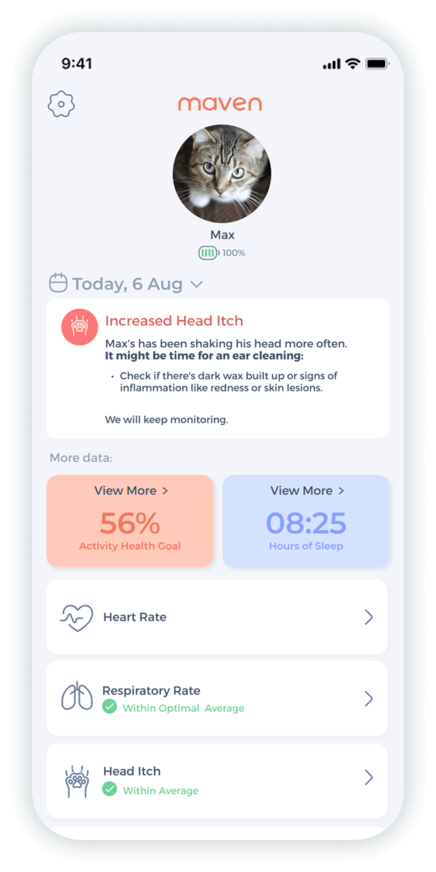
Monitor heart rate, respiratory rate, activity & rest, itch behavior.
Preventing Future Worm Infestations
It’s paramount to keep your feline friend worm-free if you want it to lead a long and happy life. This is how to reduce the risk of reinfestation:
- Keep litter boxes clean — Make sure you scoop the cat poop daily and disinfect regularly to remove parasite eggs before they can spread. Remember that a dirty litter box increases the risk of reinfection.
- Dewarm outdoor and hunting cats — Cats that roam outside or hunt rodents are likelier to pick up worms. Regular deworming helps prevent infestations before they cause health issues.
- Use flea prevention — Tapeworms often come from fleas, so flea control is essential. Use vet-approved flea treatments to keep your home flea-free and to protect your cat.
- Monitor health changes with Maven Pet — Consider tracking weight, digestion, and appetite with the Maven Pet smart collar to detect worm-related symptoms early. These subtle changes may indicate a problem even before visible signs appear.
Conclusion
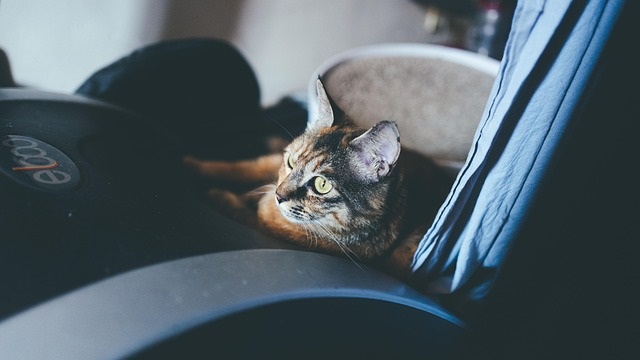
As we established, early worm detection is crucial to prevent serious health problems in your feline. Routine monitoring can make all the difference, as symptoms often start subtly. How do I know if my cat has worms? The main thing is to watch for signs like weight loss, scooting, and digestive issues.
Maven Pet’s collar simplifies this process by tracking weight, appetite, and overall health changes. It monitors your cat’s health 24/7, which is very helpful for spotting potential problems before they escalate.
Moreover, immediate treatment protects your cat and prevents the spread to other pets. Explore Maven Pet’s tool to keep your kitty’s health on track and give it a worm-free future.
Maven Pet focuses on improving the quality of life of our pets with technology, using artificial intelligence (AI) to enable proactive pet care. By accurately collecting and monitoring pet data 24/7 and flagging any irregularities, Maven Pet empowers pet parents and veterinarians to stay ahead of potential health issues, ensuring the well-being and longevity of our beloved companions.




